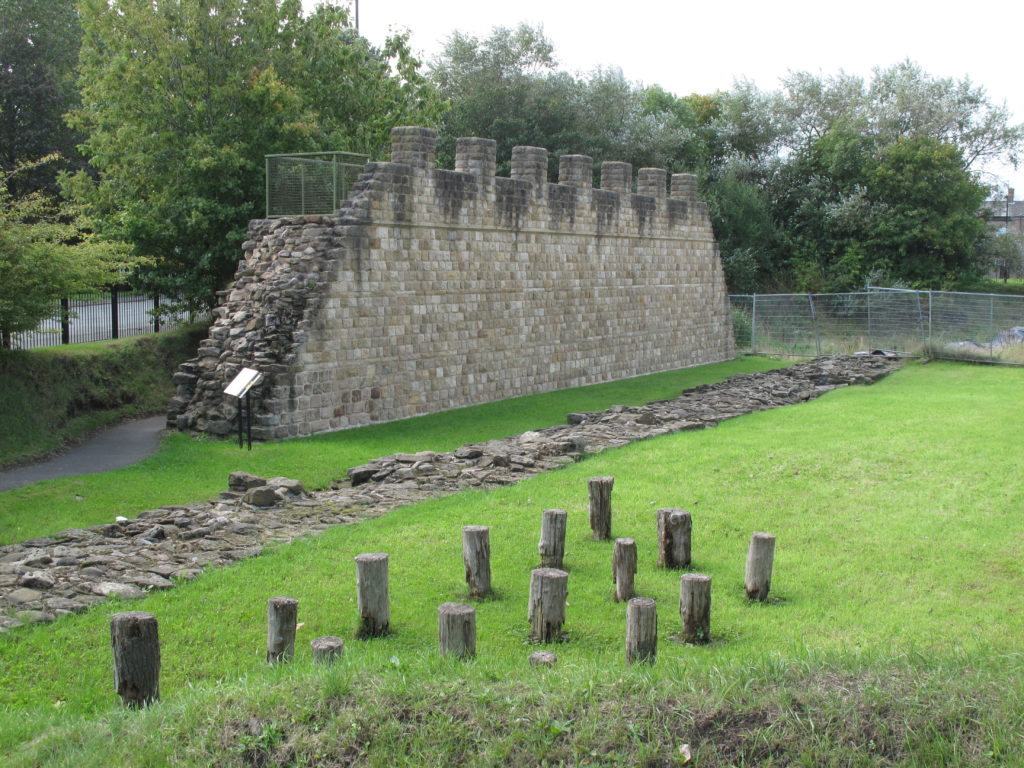Wallsend (Segedunum) Fort – Quick Facts
Where
Segedunum Fort, Wallsend near Newcastle-upon-Tyne Map and Website

When
- Built as the eastern terminus of Hadrian’s Wall around AD 122.
- Garrisons at the fort included the Second Cohort of Nervians from Gallia Belgica (Belgium) in the 2nd century and the Fourth Cohort of Lingones from Germania Superior in the 3rd and 4th centuries.
What Remains
Although the remains of Segedunum are little more than flat outlines, it is one of the most fully excavated fort sites in the Roman Empire.
- The fort looks barren with only flat outlines of the foundations and the headquarters, commandant’s house, barracks, granaries and a separate hospital.
Around the fort:
- A plaque with names taken from centurial stones found along the wall of the centurions in charge of building sections between Wallsend and Newcastle – Justinius Secundus, Varius Celer, Sentius Priscus and Florus.
- On the other side of the fence is a stub of wall, a piece of the branch wall that ran from the fort to the river to complete the enclosure of Hadrian’s Wall.
- Out a gate and across Buddle Street there is a section of reconstructed wall with different samples of possible wall decoration.
- Here there are also holes for cippi, the Roman version of barbed wire. Branches with sharpened ends were set up to create an entanglement that added another line of defense to the wall.
Full-size reconstruction of the bath house:
- This reconstruction contains the latrine – an ell-shaped bench with holes under which water flowed and a small trench in the floor in front that held the sponge-on-a-stick that was a Roman version of toilet paper.
- A fountain with a Medusa face and cutaways to show the underfloor hypocaust and wall flues that heated the hot rooms.
Visitor Centre and Museum:
- A modern looking 35m high viewing tower that overlooks the fort.
- Interactive displays.
- Short film on the site.
